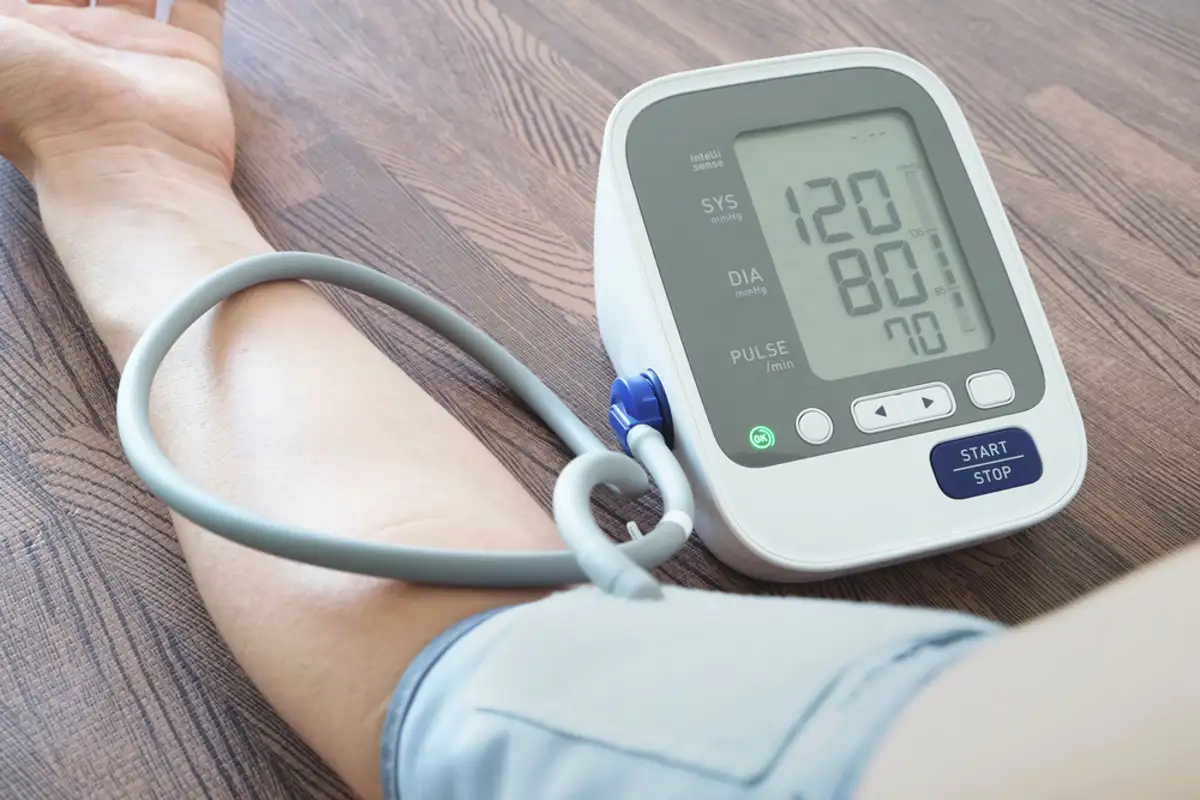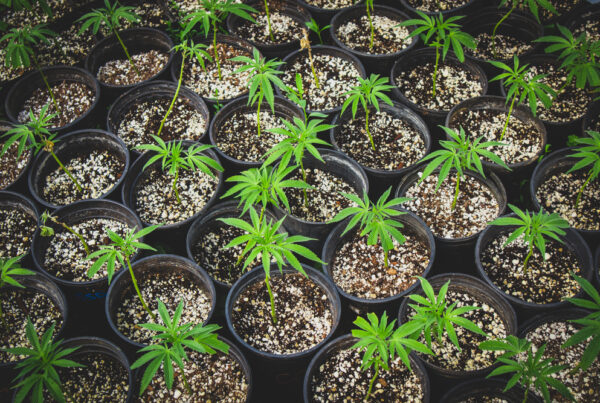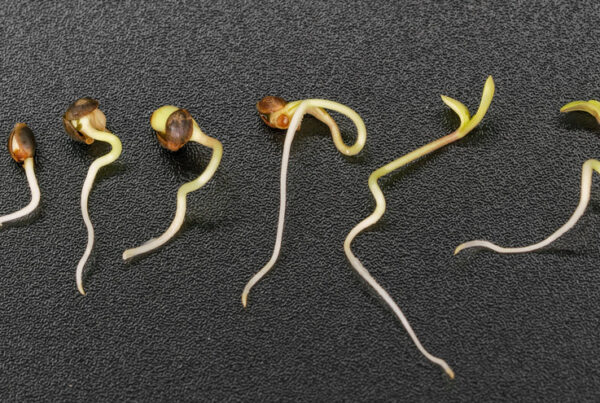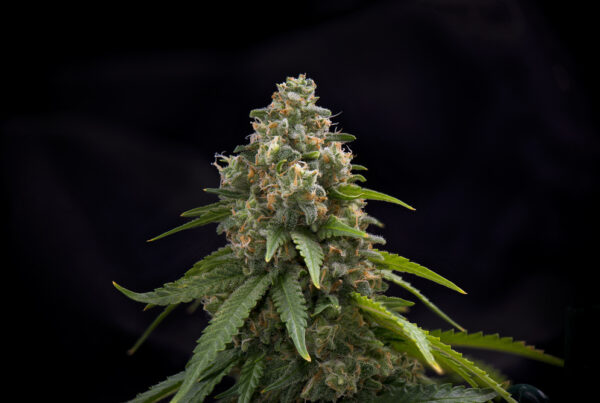In recent years, there has been growing interest in the potential benefits of cannabis for various health conditions. One area that has gained attention is its potential to lower blood pressure. As high blood pressure, or hypertension, is a major risk factor for cardiovascular disease, finding natural remedies to manage it is crucial. But can cannabis really help in lowering blood pressure? In this in-depth analysis, we will explore the relationship between cannabis and blood pressure, examining the scientific research and considering the potential risks and side effects of its use. Additionally, we will explore alternative methods that can be used alongside or instead of cannabis to effectively lower blood pressure. So, let’s dive into the intriguing world of cannabis and its impact on blood pressure.

Understanding Blood Pressure: The Basics
Blood pressure is a fundamental aspect of our cardiovascular health. It refers to the force exerted by blood against the walls of our arteries as the heart pumps it throughout the body. Blood pressure is measured in millimeters of mercury (mmHg) and is typically expressed as two numbers: systolic pressure over diastolic pressure.
- Systolic pressure: This is the top number and represents the pressure in the arteries when the heart contracts and pumps blood into circulation.
- Diastolic pressure: This is the bottom number and represents the pressure in the arteries when the heart is at rest between beats.
A normal blood pressure reading is typically around 120/80 mmHg. However, individuals may vary, and blood pressure can fluctuate throughout the day due to factors such as physical activity, stress, and even diet.
High blood pressure, or hypertension, occurs when the force of blood against the artery walls is consistently too high. This condition can put strain on the heart and blood vessels, increasing the risk of serious health problems such as heart disease, stroke, and kidney disease.
On the other hand, low blood pressure, or hypotension, refers to blood pressure that is consistently lower than normal. While it is generally not as concerning as high blood pressure, extremely low blood pressure can cause symptoms like dizziness, fainting, and fatigue.
Understanding these basic concepts of blood pressure is crucial to grasp the potential impact of cannabis on this vital aspect of our health. In the following sections, we will delve into the scientific research and explore the relationship between cannabis and blood pressure in more detail.
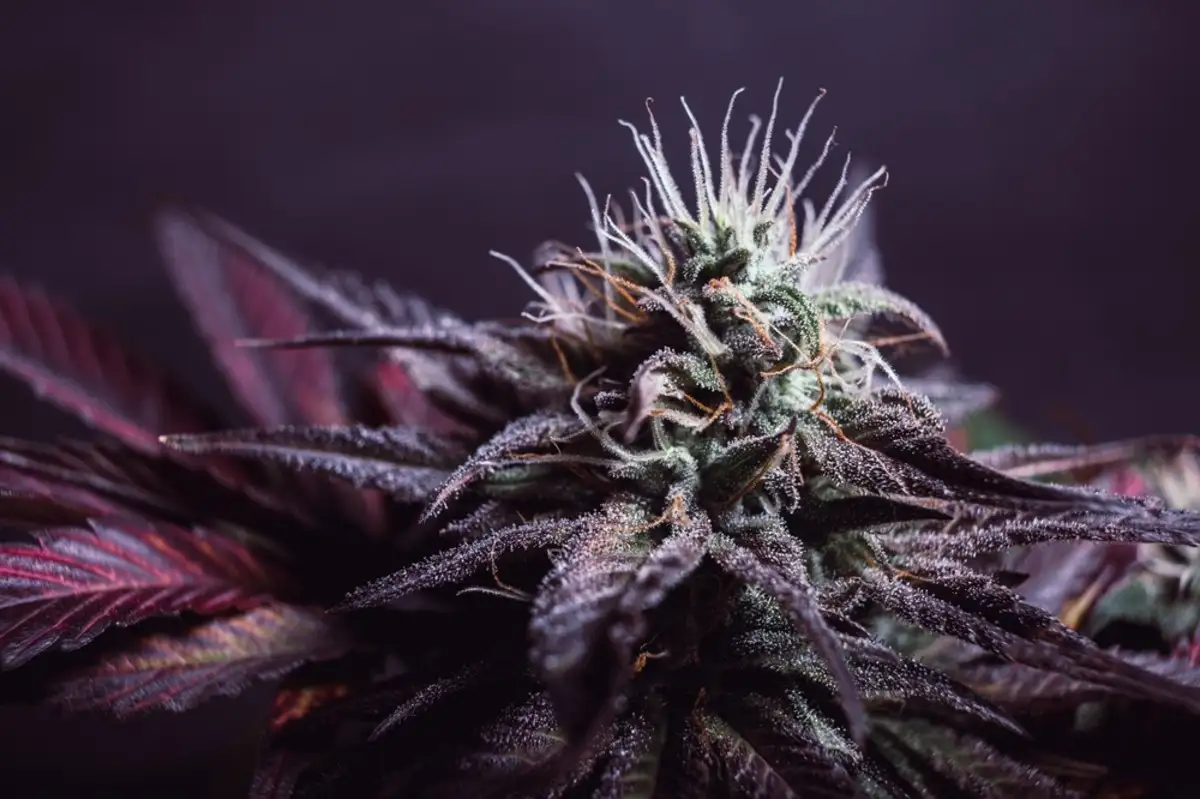
Cannabis and Its Constituents
Cannabis, also known as marijuana, is a plant that has been used for centuries for its medicinal and recreational properties. It contains a variety of chemical compounds known as cannabinoids, which interact with the body’s endocannabinoid system to produce various effects.
What is Cannabis?
Cannabis is a flowering plant that belongs to the Cannabaceae family. It is native to Central Asia and has been cultivated and used by different civilizations throughout history for its psychoactive and therapeutic properties. The plant contains over 100 different cannabinoids, as well as other compounds such as terpenes and flavonoids, which contribute to its diverse effects.
Key Components of Cannabis: THC & CBD
Two of the most well-known cannabinoids found in cannabis are delta-9-tetrahydrocannabinol (THC) and cannabidiol (CBD). These compounds have distinct properties and are believed to be responsible for many of the effects associated with cannabis use.
- THC: This is the primary psychoactive compound in cannabis and is responsible for the “high” or euphoric sensation often associated with marijuana use. THC interacts with cannabinoid receptors in the brain, producing a range of effects including relaxation, altered perception, and increased appetite.
- CBD: Unlike THC, CBD does not produce psychoactive effects. It has gained significant attention in recent years for its potential therapeutic properties. CBD interacts with the body’s endocannabinoid system in a different way, influencing various physiological processes such as pain perception, inflammation, and mood regulation.
How Cannabis Works in the Body
When cannabis is consumed, whether through smoking, vaporizing, or ingesting, the cannabinoids it contains interact with the body’s endocannabinoid system. This system consists of cannabinoid receptors (CB1 and CB2) located throughout the body, as well as endogenous cannabinoids (endocannabinoids) produced by the body.
When cannabinoids bind to these receptors, it can have various effects on different systems in the body. For example, activation of CB1 receptors in the brain can influence mood, memory, and pain perception, while activation of CB2 receptors primarily affects the immune system and inflammation.
Understanding the key components of cannabis and how they interact with the body’s endocannabinoid system is essential to comprehend the potential impact of cannabis on blood pressure. In the following sections, we will explore the scientific research surrounding cannabis and its effects on blood pressure to gain a deeper understanding of this complex relationship.
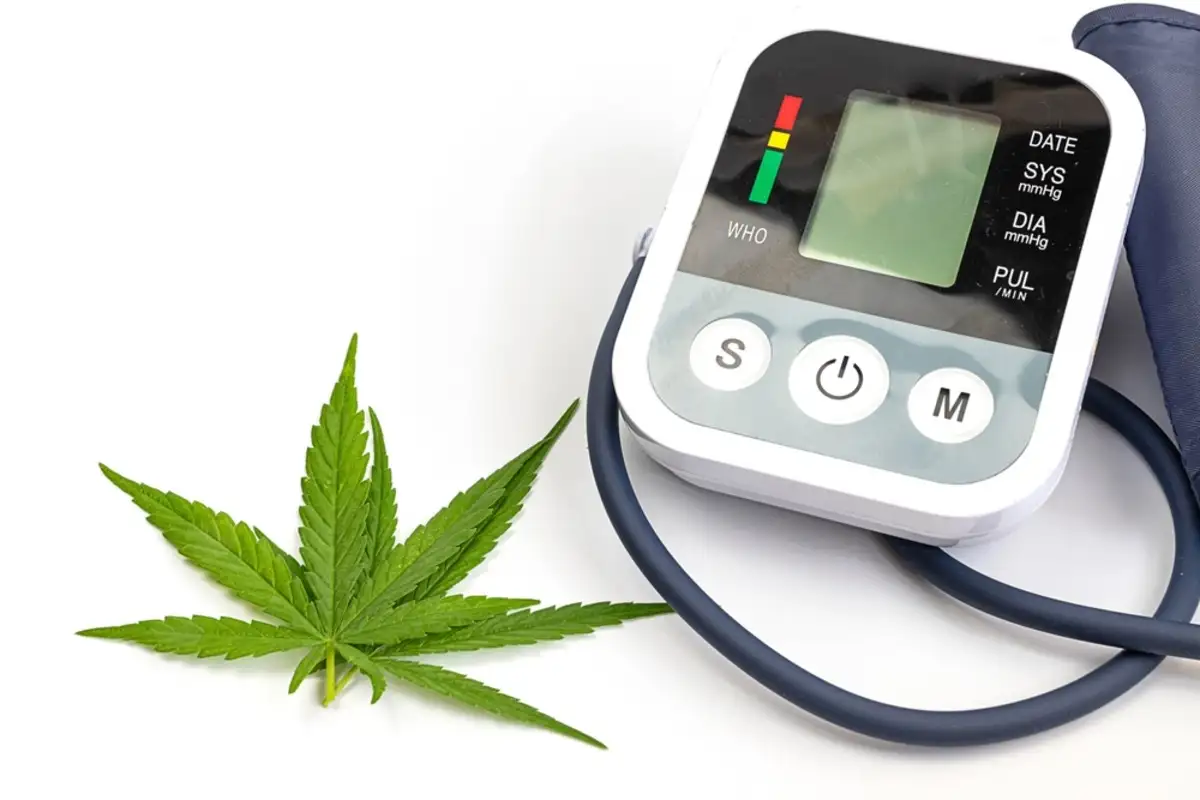
Cannabis and Blood Pressure: Current Research
The relationship between cannabis use and blood pressure is a topic of growing interest among researchers. While some studies suggest that cannabis may have the potential to lower blood pressure, others have found conflicting results. In this section, we will explore the current research surrounding cannabis and its effects on blood pressure, examining both the studies that show a decrease in blood pressure and those that indicate an increase.
Studies Showing Cannabis Lowering Blood Pressure
Several studies have suggested a potential link between cannabis use and lower blood pressure levels. For example, a study published in the Journal of Clinical Investigation found that THC administration in healthy individuals resulted in a decrease in blood pressure. Additionally, a study published in the European Journal of Cardiology reported that CBD was associated with a reduction in blood pressure in a small sample of patients with high blood pressure.
Furthermore, a systematic review published in the journal JAMA Network Open analyzed multiple studies and concluded that cannabis use was associated with a modest reduction in blood pressure. However, it is important to note that the magnitude of the blood pressure-lowering effect varied among individuals and may be influenced by factors such as dosage, frequency of use, and individual physiology.
Studies Showing Cannabis Raising Blood Pressure
On the other hand, there are studies indicating that cannabis use may actually raise blood pressure. A study published in the Journal of Hypertension found that acute marijuana use was associated with a temporary increase in blood pressure, particularly in individuals who were not regular users. Another study published in the American Journal of Hypertension suggested that chronic cannabis use may lead to an increased risk of developing hypertension over time.
These conflicting findings highlight the complexity of the relationship between cannabis and blood pressure. It is crucial to consider the specific circumstances, such as the type of cannabinoids used, the dosage, and the frequency of use, when interpreting the results of these studies.
The Role of Dosage and Frequency of Use
The dosage and frequency of cannabis use may play a significant role in its effect on blood pressure. Some studies suggest that lower doses of THC may have a more favorable impact on blood pressure, while higher doses or frequent use may lead to adverse effects. Moreover, the method of consumption, such as smoking versus ingesting, may also influence the physiological response and blood pressure effects of cannabis.
Understanding the current research findings regarding cannabis and its impact on blood pressure is essential to make informed decisions about its potential use as a therapeutic option. In the next section, we will explore the potential risks and side effects associated with using cannabis for blood pressure management, providing a comprehensive overview of the topic.

Potential Risks and Side Effects of Using Cannabis for Blood Pressure
While cannabis may show potential in lowering blood pressure, it is crucial to consider the potential risks and side effects associated with its use. Understanding these aspects is vital for individuals considering cannabis as a therapeutic option for managing blood pressure. In this section, we will explore the potential short-term and long-term risks and side effects of using cannabis for blood pressure management.
Possible Short-Term Side Effects
- Increased Heart Rate: Cannabis use, particularly with higher THC levels, can cause a temporary increase in heart rate. This can put additional strain on the cardiovascular system, potentially affecting blood pressure.
- Dizziness and Lightheadedness: Some individuals may experience dizziness or lightheadedness after using cannabis, which can be attributed to the vasodilating effects of THC.
- Orthostatic Hypotension: Cannabis use may lead to a drop in blood pressure upon standing up quickly, resulting in orthostatic hypotension. This can cause dizziness, lightheadedness, and in some cases, fainting.
- Dry Mouth and Eyes: Cannabis use commonly causes dry mouth and dry eyes, which can be uncomfortable but are generally temporary and benign side effects.
Possible Long-Term Side Effects
- Tolerance and Dependence: Regular cannabis use can lead to tolerance, requiring higher doses to achieve the desired effects. Additionally, some individuals may develop dependence, experiencing withdrawal symptoms when trying to stop cannabis use.
- Respiratory Issues: Smoking cannabis can have negative effects on lung health, similar to tobacco smoke. Chronic cannabis smoking may increase the risk of respiratory problems such as chronic bronchitis and respiratory infections.
- Cognitive Impairment: Long-term and heavy cannabis use may affect cognitive function, particularly in areas such as memory, attention, and decision-making.
- Psychological Effects: Cannabis use, especially in high doses or in susceptible individuals, may increase the risk of developing or exacerbating mental health conditions such as anxiety, depression, and psychosis.
Precautions & Warnings
- Interaction with Medications: Cannabis can interact with certain medications, including blood pressure medications. It is essential to consult with a healthcare professional before combining cannabis use with any prescribed medications.
- Individual Sensitivity: The effects of cannabis can vary depending on individual sensitivity and tolerance. It is important to start with low doses and monitor personal response when considering cannabis for blood pressure management.
- Pregnancy and Breastfeeding: Cannabis use during pregnancy and breastfeeding may pose potential risks to the developing fetus or infant. It is generally advised to avoid cannabis use during these periods.
Understanding the potential risks and side effects of using cannabis for blood pressure management allows individuals to make informed decisions about its suitability as a treatment option. In the following section, we will explore alternative methods that can be used alongside or instead of cannabis to effectively lower blood pressure.

Alternative Methods to Lower Blood Pressure
While cannabis may be a consideration for managing blood pressure, it is important to explore alternative methods that can effectively lower blood pressure. These methods often involve lifestyle changes, dietary adjustments, and, in some cases, medications and supplements. In this section, we will discuss various alternative methods that individuals can consider for blood pressure management.
Lifestyle Changes
- Regular Exercise: Engaging in regular physical activity, such as aerobic exercises, can help lower blood pressure. Aim for at least 150 minutes of moderate-intensity exercise per week.
- Healthy Weight Management: Maintaining a healthy weight through a balanced diet and regular exercise can have a positive impact on blood pressure.
- Reducing Sodium Intake: Limiting sodium consumption by avoiding processed foods, reading food labels, and cooking meals at home using fresh ingredients can help lower blood pressure.
- Managing Stress: Incorporating stress reduction techniques such as meditation, deep breathing exercises, and yoga can contribute to blood pressure management.
- Limiting Alcohol Consumption: Excessive alcohol intake can raise blood pressure. Moderation is key, with recommendations of no more than one drink per day for women and two drinks per day for men.
Dietary Adjustments
- DASH Diet: The Dietary Approaches to Stop Hypertension (DASH) diet emphasizes fruits, vegetables, whole grains, lean proteins, and low-fat dairy products. It has been shown to effectively lower blood pressure.
- Reducing Sodium Intake: Minimizing sodium intake by avoiding processed and packaged foods, and opting for fresh ingredients, can help lower blood pressure.
- Increasing Potassium Intake: Consuming potassium-rich foods such as bananas, avocados, spinach, and sweet potatoes can have a positive impact on blood pressure.
- Moderating Caffeine Intake: While moderate caffeine consumption is generally safe, excessive caffeine intake may temporarily raise blood pressure. It is advisable to monitor personal tolerance and consider reducing caffeine intake if necessary.
Medications and Supplements
- Prescription Medications: In cases of severe or uncontrolled hypertension, healthcare professionals may prescribe medications such as diuretics, beta-blockers, ACE inhibitors, or calcium channel blockers to help lower blood pressure.
- Natural Supplements: Some individuals may consider natural supplements such as magnesium, potassium, Omega-3 fatty acids, and garlic extract as potential aids in blood pressure management. However, it is important to consult with a healthcare professional before starting any supplements.
By implementing these alternative methods, individuals can take an active role in managing their blood pressure levels. It is advisable to consult with healthcare professionals to determine the most appropriate approach based on individual circumstances.



